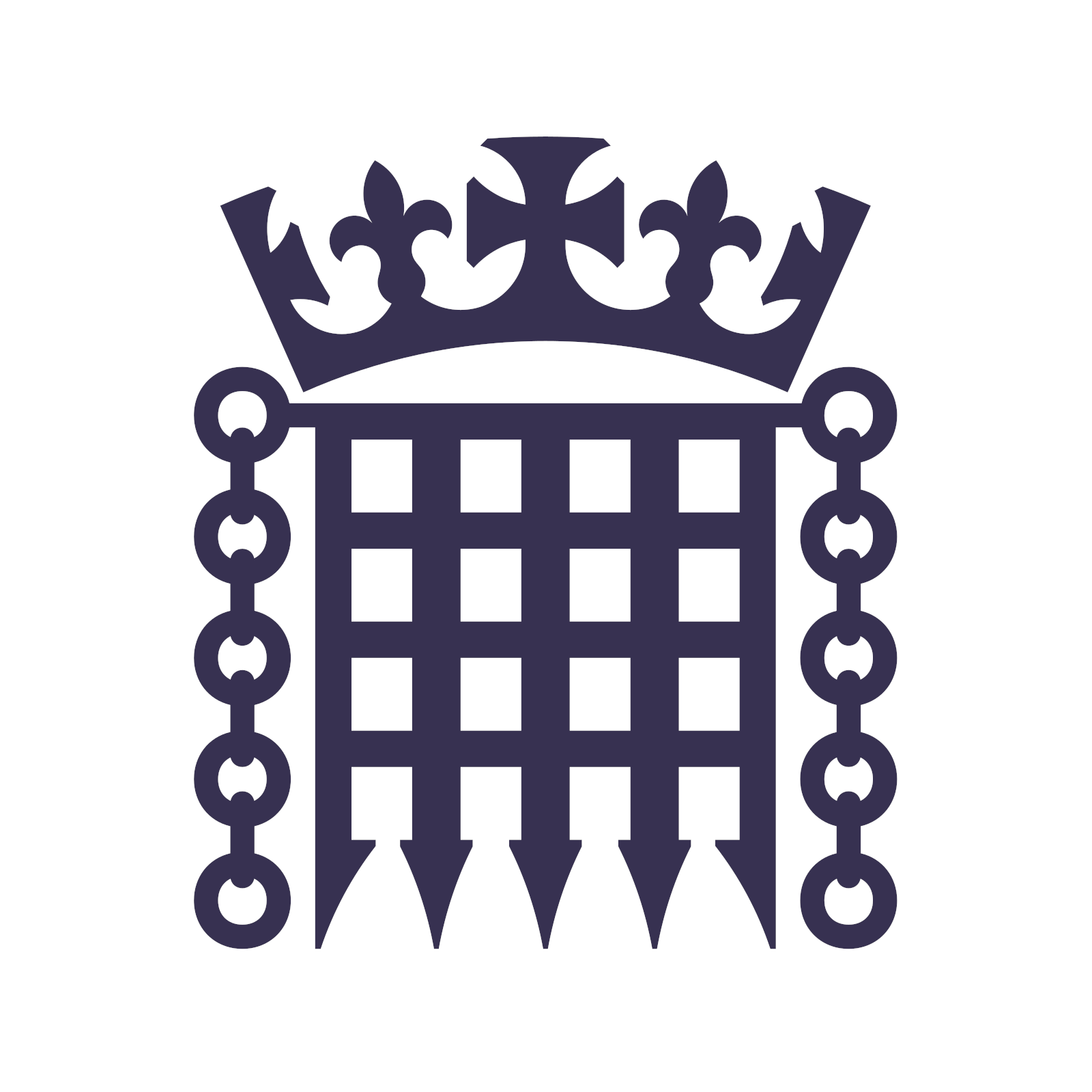Treasury on course to spend 10% of government revenue on bond costs this year, according to Fitch
The UK is on track to incur the highest debt interest costs in the developed world this year as persistently high inflation and an unusually large proportion of government bonds linked to price rises damage the public finances.
The Treasury will spend £110bn on debt interest in 2023, according to a forecast by Fitch. At 10.4 per cent of total government revenue, that would be the highest level of any high-income country — the first time the UK has topped the data set that goes back to 1995.
Roughly a quarter of UK government debt is in the form of so-called index-linked bonds, whose payouts fluctuate in line with inflation, making the country a huge outlier internationally. Italy has the next highest share with 12 per cent of its bonds tied to inflation, while most countries have less than 10 per cent.
“We’ve had a very large inflation shock which is adversely affecting the public finances and that is obviously a key driver of the sovereign credit rating,” said Ed Parker, global head of research for sovereigns and supranationals at Fitch.
The agency reiterated in June its negative outlook on the UK’s double A minus credit rating, citing “the UK’s rising government debt and uncertain prospects for fiscal consolidation”.
Parker said a negative outlook signals that a downgrade is “more likely than not if current trends continue” and that the agency would normally hope to clarify a negative outlook within two years.
Debt interest costs as a proportion of revenue are a key measure of debt affordability and have jumped in the UK in the past couple of years while coming down elsewhere.
The UK will sit at the top of the Fitch debt interest costs table after its ratio increased dramatically in the past two years from an average of 6.2 per cent between 2017 and 2021.

In contrast, the average among western Europe and North American countries is set to fall from 4 per cent in the five years to 2021, to 3.7 per cent this year, as inflation has boosted government revenues and in some countries the debt expiring had higher interest rates than new debt issued.
Rising debt costs in the UK come as inflation proves harder to tame than in other developed economies, despite recent signs of improving data. The UK’s retail price index, which guides index-linked gilt interest payments, rose 10.7 per cent in the year to June, while wage inflation has yet to show signs of easing.
Fitch forecasts the UK’s debt interest-to-revenue ratio should start to fall next year as inflation continues to ease, with the interest burden of both the US and Italy set to overtake the UK in 2024.
However, rating agencies expect the UK’s interest costs to stabilise at historically high levels. “We expect the debt affordability of the UK to remain relatively weak” said Evan Wohlmann, a senior credit officer at rival rating agency Moody’s.
“Debt affordability is at risk from more persistent inflation as well as from a potential sustained erosion of the UK’s policy credibility,” he added.
Moody’s, which has an Aa1 rating on the UK — it’s second highest level — also has a negative outlook, a position it has held since October and expects to clarify within 12 months.
Concern among rating agencies on the UK’s credit outlook comes after the Office for Budget Responsibility, the UK’s fiscal watchdog, warned that public finances were in a “very risky” position, with government debt on course to hit 310 per cent of gross domestic product in 50 years.
The OBR said that the UK was “more vulnerable” than other advanced economies when it came to public debt, which in May surpassed 100 per cent of gross domestic product for the first time since 1961.
The government plans to sell £241bn of gilts in the current financial year, a sharp increase from £139.2bn issued in the previous 12 months, with issuance net of Bank of England bond purchases and sales expected to be about three times more than the average over the past decade.


Their policies have drifted to the right under Starmer but they’re not even close to being the neoliberal extremists that the Conservative Party still are.
Labour are far from ideal right now but it’s wrong to say they’re the same.